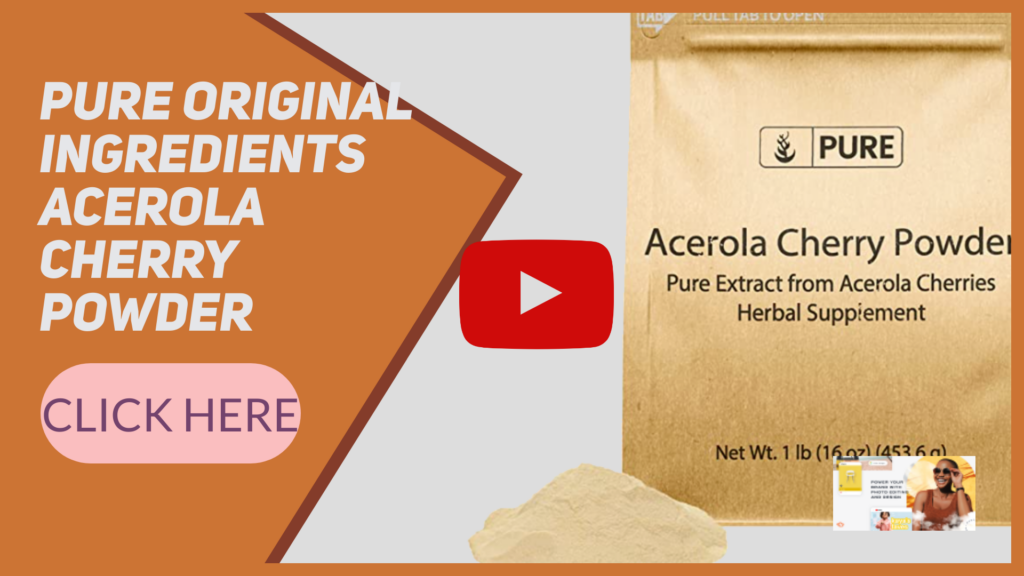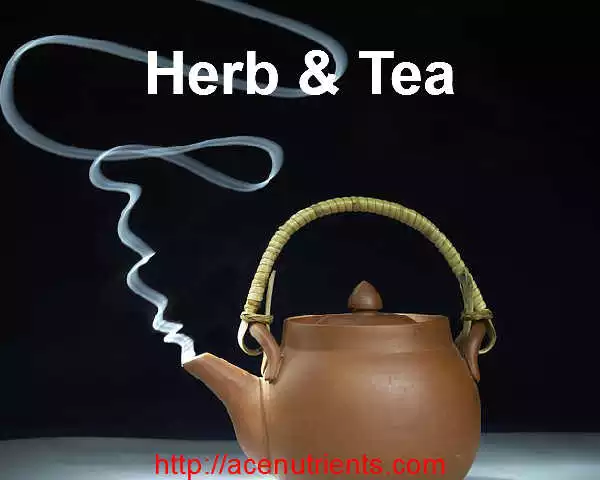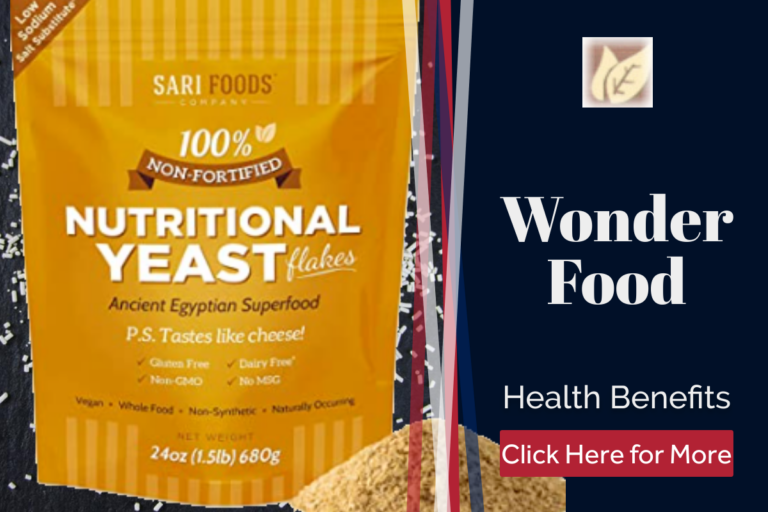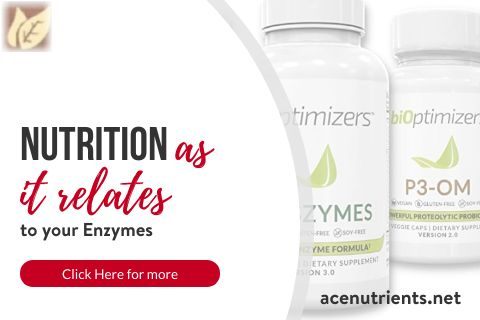5 Surprising benefits of Acerola Powder
Here are 5 Surprising benefits of Acerola Powder you also get the Pros & Cons
What are the benefits of acerola
1) Has a taste that a lot of people describe as being similar to cranberry.
Acerola is a small shrub that grows in tropical and subtropical regions, and it’s often used in supplements as a natural source of vitamin C.
For this reason, people take acerola for scurvy, a disease that results in pain and swelling of the gums, loss of teeth, and other symptoms due to a lack of vitamin C.
We don’t suggest taking large doses of acerola supplements to treat scurvy, however, because it’s possible to get enough vitamin C from a healthy diet—and because it’s possible to get too much vitamin C, which can lead to diarrhea, vomiting, and stomach pain.
Health Benefits are thought to be similar to those of cranberry, though it’s not clear which fruit is Benefits are thought to be similar to those of cranberry, though it’s not clear which fruit is superior.
There have been some studies suggesting that acerola may help prevent urinary tract infections (UTIs), but there aren’t any clinical trials that prove this claim.
The best way to use acerola powder is as an ingredient in a supplement or food product.
You can buy acerola powder online or at health stores like Whole Foods Market.
2) oxidative stress
It may also help build your defenses against many other long-term health problems, such as heart conditions and even cancer, due to its ability to prevent free radical damage and oxidative stress, according to a number of studies.
This is possible due to these fruits’ anthocyanins and other phytonutrients, which help to reduce inflammation and oxidative stress that damages brain cells and neurons.
3) anti-inflammatory properties
Acerola has also been shown to inhibit the production of inflammatory cytokines, including interleukin 1 beta (IL-1β) and tumor necrosis factor alpha (TNFα).
These two proteins play a role in the development of chronic diseases, including arthritis, asthma, Alzheimer’s disease, and diabetes.
Acerola contains unique flavonoids and polyphenols that have been shown to have anti-inflammatory properties.
Acerola contains unique flavonoids and polyphenols that have been shown to have anti-inflammatory properties. The most significant polyphenol in Acerola is quercetin. Quercetin works as an antioxidant and anti-inflammatory agent.
It is also a vasodilator, which means it causes blood vessels to dilate.
This can help improve blood flow. As a result, quercetin may be useful in the treatment of chronic inflammatory conditions, including asthma and other forms of chronic obstructive pulmonary disease (COPD).
Acerola also contains phenolic acid, a type of plant chemical called hydroxycinnamic acids. These compounds are known to have antibacterial, antiviral, and antifungal effects.
4) antioxidant activity
Acerola contains high levels of antioxidants called polyphenols, which protect our bodies from damaging free radicals.
In addition, acerola extracts contain flavonoids, which are powerful antioxidants that protect cell membranes from oxidation.
Free radicals are very reactive molecules or atoms that have lost an electron in their outer shell. An antioxidant is a substance that captures the free radical, thus neutralizing it.
Antioxidants are a class of nutrients that help protect cells from damage by free radicals. Free radicals are atoms, or groups of atoms, with an odd or unpaired number of electrons that make them unstable.
They can cause damage to cells, which can lead to aging and diseases, including cancer.
Acerola extract is rich in a class of antioxidants called phenolic compounds.
Phenolic compounds fight free radicals in three ways: they can donate an electron, stop a free radical from being produced, or they can shut down a free radical without being damaged themselves.
Acerola extract is particularly rich in a subclass of flavonoids called anthocyanins, the same type of flavonoid found in berries. Anthocyanins are
5) antimicrobial activity
Acerola is also rich in organic acids, which make it effective at killing bacteria and fungi.
Many people believe that eating foods with antibacterial properties helps them fight off colds and flu.
However, we found no scientific evidence supporting this idea.
Acerola powder is available on Amazon.com, where you can find it in both capsule form and liquid extract form.
Acerola is rich in antioxidants such as flavonoids and phenolic acids, making it an effective antimicrobial agent. Researchers have found that the fruit’s high levels of organic acids, such as citric, malic, and tartaric, make it effective at killing off bacteria and fungi. Additionally, the fruit’s high vitamin C content aids in the synthesis of collagen, which helps to repair and promote healthy skin.
What other names is Acerola known by?
Acerola is a small red berry that is native to the West Indies, Central America, and northern South America.
Acerola is a fruit with many names depending on where you are in the world.
In North America, this berry is called the West Indian cherry, in China it’s called the Chinese cherry, in Korea it’s called the Korean cherry, in India it’s called the Malabar nightshade, in Jamaica it’s called the Barbados cherry, and in Mexico it’s called the Tzempelik.
It is also known as and West Indian Cherry
It is also used in vitamin C supplements and teas.
It is used in many different kinds of juices, as well as jams and jellies.
Product description
Nutrilite™ PhytoPowder™ Acerola-Z is a supporting powdered drink mix designed to be added to water.
Each drink provides phytonutrients from Nutrilite’s Acerola Cherries, one of the world’s richest natural sources of natural Vitamin C.
The Acerola Cherries are grown on our own on Nutrilite organic farms, are harvested at their peak and processed into a high potency concentrate that helps strengthen.
Each drink provides:
• Phytonutrients that made you refresh
• Fiber increase stools bulks in digestive tract helps stimulate bowel movement
• Nutrilite’s exclusive Acerola cherry concentrate filled with phytonutrients and vitamin C.
• Vitamin C aids in helping collage and ligament of cartilage tissue formation and helping of anti –free radical process
• Zinc aids in body growth
• 8 key B vitamins which are
– Vitamin B1 aids in nervous system and muscle function
– Vitamin B 2 helps body gain energy from carbohydrate, protein and fat
– Vitamin B 3 (Niacin) helps gastrointestinal epithelium and skin stay in normal condition
– Vitamin B5 5 (Pantothenic acid) aids metabolization of fat and carbohydrate
– Vitamin B6 aids in building essential substances in operation of nervous system
– Vitamin B7 (Biotin) aids in utilization of fat and carbohydrate
– Vitamin B9 (Folic acid) aids in red blood cell formation
– Vitamin B 12 aids in function of nerve and brain system
ACTIVE INGREDIENTS per 1 stick (8 grams): Fiber from corn 42% (3,374 mg) Fructose 39% (3,139 mg) Acerola concentrate 1.9% (152.25 mg) Zinc gluconate 0.46% (37 mg) Ascorbic acid 0.25% (20 mg) Vitamin B complex 0.23% (17.98 mg) NET CONTENT: 160g (8g X 20 sticks)
NO ARTIFICIAL COLORS, ARTIFICIAL FLAVORS, OR PRESERVATIVES ADDED
: Take 1-2 Sticks daily by empty 1 stick (8 grams) into 250 mL of water then add ice or chill as desired. WARNING: Please read the label before taking the product. FDA Number : 10-3-00745-1-0059 Preparation and use direction
In conclusion, Acerola fruit is one of the richest natural sources of vitamin C. Vitamin C is important for maintaining a healthy immune system. Therefore, it may help boost the immune system, which can help prevent colds, flu, and other illnesses. Acerola powder may be included in smoothies, desserts, puddings, and shakes.
Research has found the antioxidant, anti-inflammatory, and anti-cancer effects of Acerola powder. The results suggest Acerola powder could be a promising anti-inflammatory agent and natural cancer preventive.







